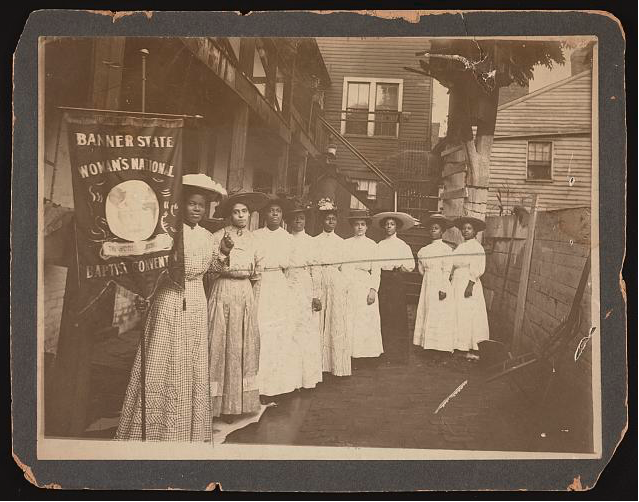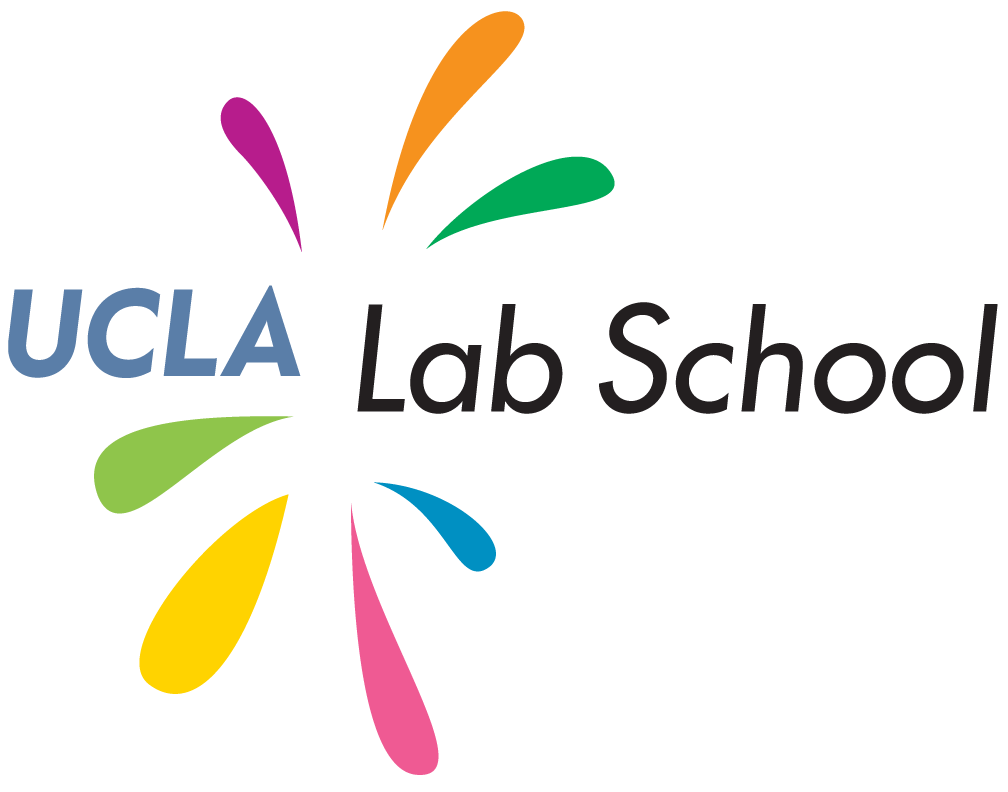
As Harvey Daniels and Sara Ahmed say, When the world hands you a curriculum, you run with it. This year was an important election year that occurred during a time of increased social justice activism. Our school was teaching entirely remotely and we wanted to respond in our digital classroom to this context. It was an opportunity to help students make sense of these times and find ways to express their own questions and ideas about why voting matters.
A team of teachers from the Intermediate Level (multiage classrooms with 9- and 10-year-old students) and our school librarian began to plan across five classrooms about how to launch our social studies investigation in this context. We knew students were aware of both the November presidential election and the social justice protests earlier in 2020. We wanted those with strong feelings and opinions to be able to share them and to engage others so they could come to their own conclusions as well. Our school is committed to using an inquiry approach to teaching and learning, and we know that inherently primary sources offer opportunities for students to observe closely, consider evidence, express their thinking, use their background knowledge, gather new knowledge, wonder, and ask questions.
